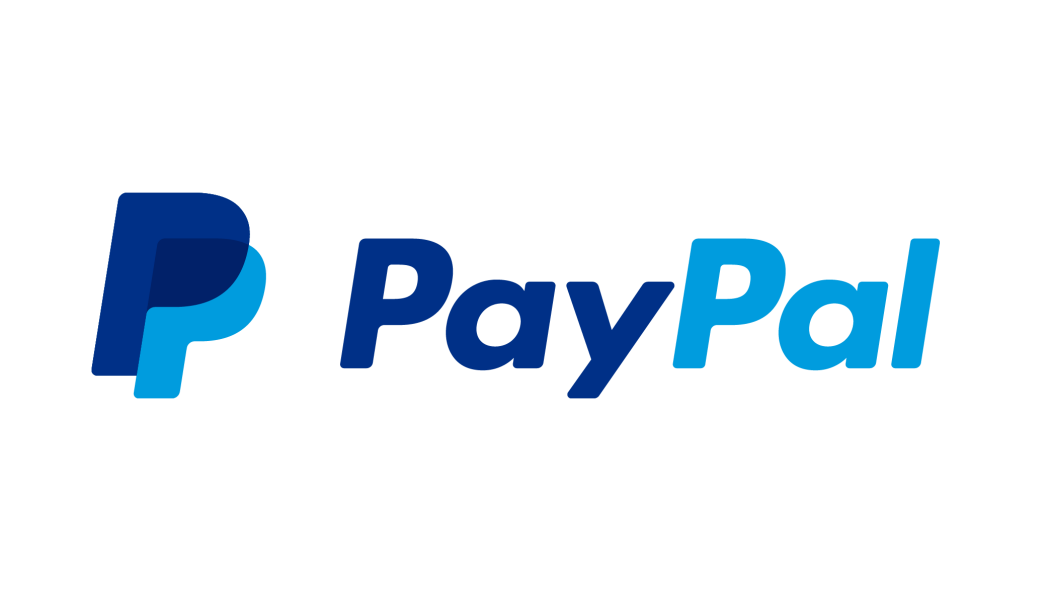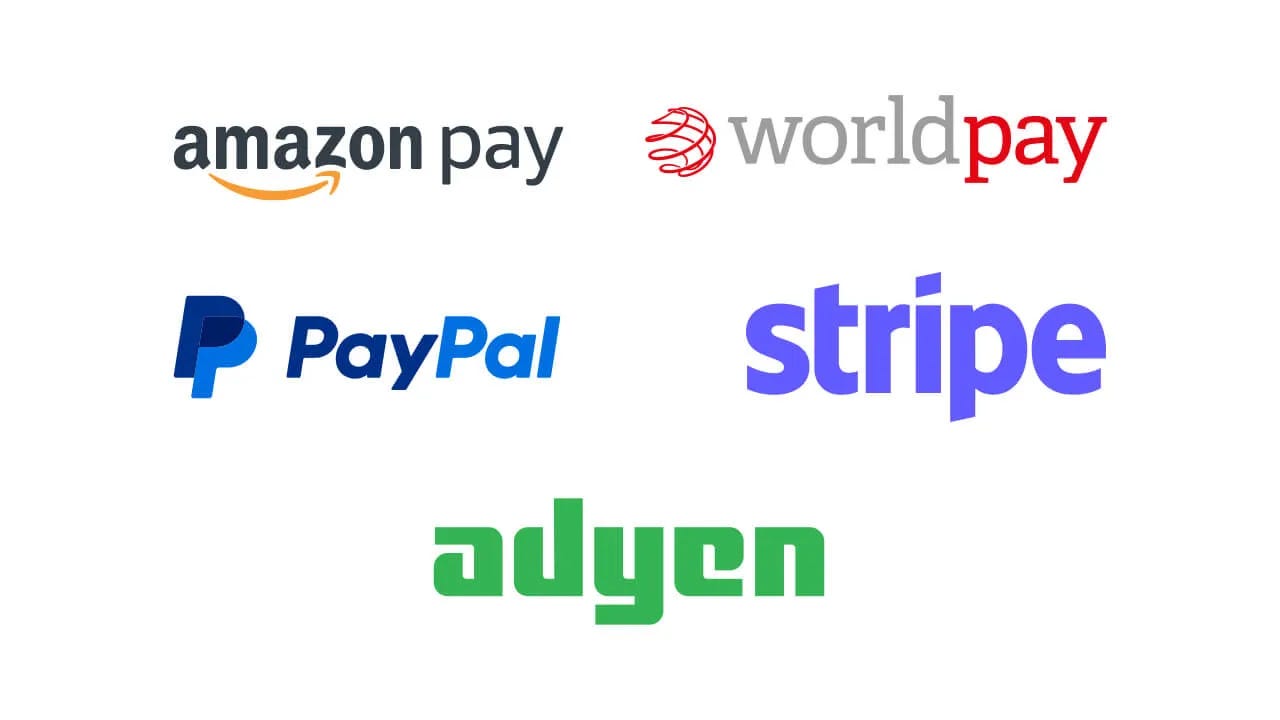Why did Paypal launch Fastlane?
Paypal recently launched a guest checkout feature called Fastlane. Why? What is Paypal's gameplan here?
Introduction
Started in 1998, Paypal is an online payments company that handles transactions for more than 400 million consumers, 35 million merchants in more than 200 markets around the world. That’s almost 25 billion transactions every year, a quarter of the 6 trillion yearly e-commerce transactions.1
Paypal recently launched a one-click guest checkout solution called Fastlane where consumers have to enter their payment details just once and can seamlessly checkout from merchants who have integrated with Fastlane. Preliminary integrations with merchants like BigCommerce have revealed to reduce checkout times by 40% and increase conversion rates by 70%.2
Paypal is not the first company to launch a one-click guest checkout experience. So what is the Fintech megacorp trying to do and how will it make money?
Why guest checkout?
Around three quarters of eCommerce consumers opt to enter their payment details manually by choosing the guest checkout option even though they have an account with that particular merchant.3 Only 13% of consumers preferred saving a card on the file as the most preferred option and of the consumers who stored their payment credentials, 55% of them faced friction that stopped their payments.
Roughly 70% of consumers abandoned their carts because of less than optimal checkout experience and hence its imperative for merchants to have a seamless checkout experience for guests.
What does the competitive environment look like?
Online payments and checkout space is a very competitive space. Though Paypal is a dominant player, other competitors include Apple Pay (30% market share in mobile payments), Google Pay (10% market share in mobile payments), Amazon Pay, Shop Pay by Shopify, Stripe checkout, Visa checkout and Masterpass by Mastercard to name a few.
Startups like Razorpay, Bolt.com, Checkout.com and Ayden are also notable competitors along with countless other companies offering checkout solutions.
What is Paypal’s play here?
Typically these online payment providers earn transaction fee from every purchase and as Paypal was losing money as consumers were opting towards other fast checkout solutions.4 Fastlane is basically a piece of the pie play to create an alternative revenue stream.
As of now, Fastlane is available for no additional transaction fees to merchants and the idea is to figure out the right pricing strategy as the adoption picks up and as merchants start deriving value from it.5
Moreover, I feel that Paypal has intentionally chosen the “unbranded” branding to make the product more appealing to Gen-Z consumers. The brand Paypal is not that appealing in comparison to let’s say an Apple Pay, where you verify using your Face ID and voila - payment done!
What do I think?
Paypal is still the largest payment provider used by merchants and if Fastlane is actually able to reduce cart abandonment at scale, Fastlane can turn out to be a very profitable product for Paypal. The obvious risks reside on whether Paypal is able to move fast and integrate at scale, in-comparison to other tech savy entrants and whether Fastlane appeals to consumers today or not.
---
This week I was curious about why Paypal launched Fastlane. Do share your thoughts in the comments section below and if you liked reading this post, do like share and subscribe to my newsletter.
If you are new here, my name is Kushal and I currently work as a Senior Product Manager at SoFi. In this newsletter, I write about Product Management, Product Thinking and various things I am curious about - every week!







